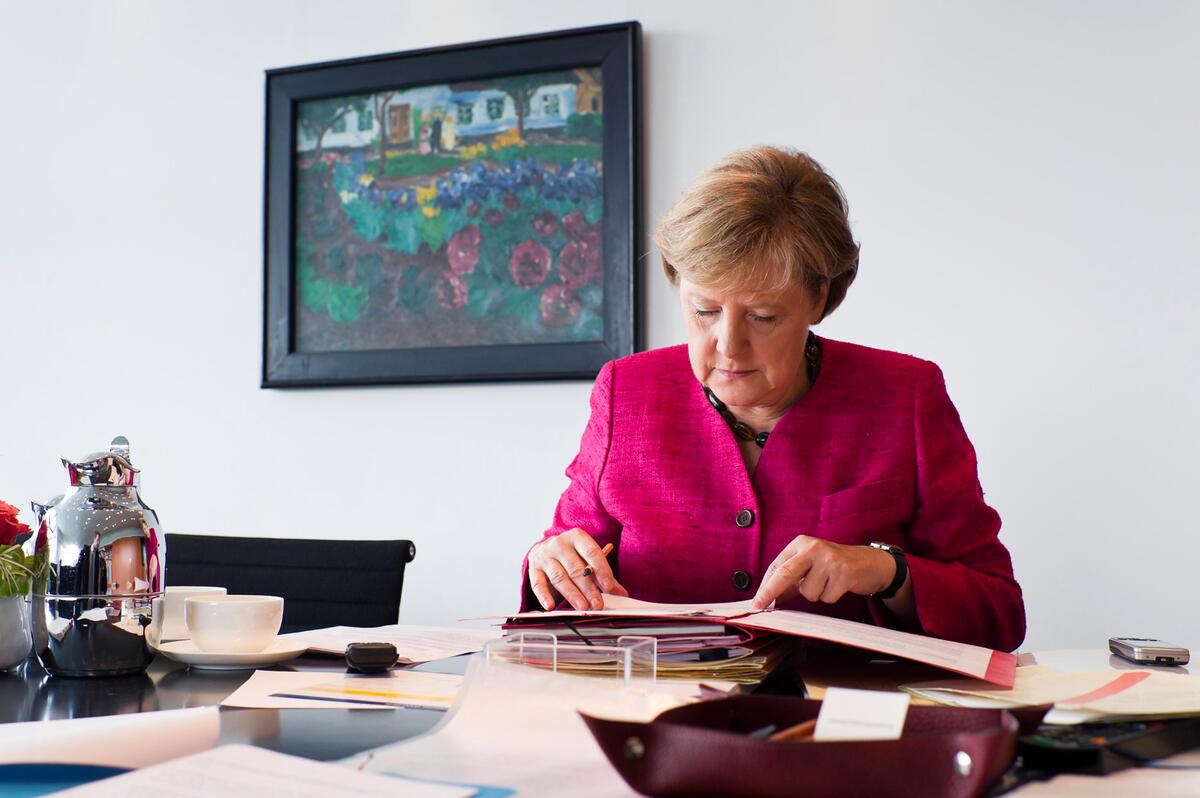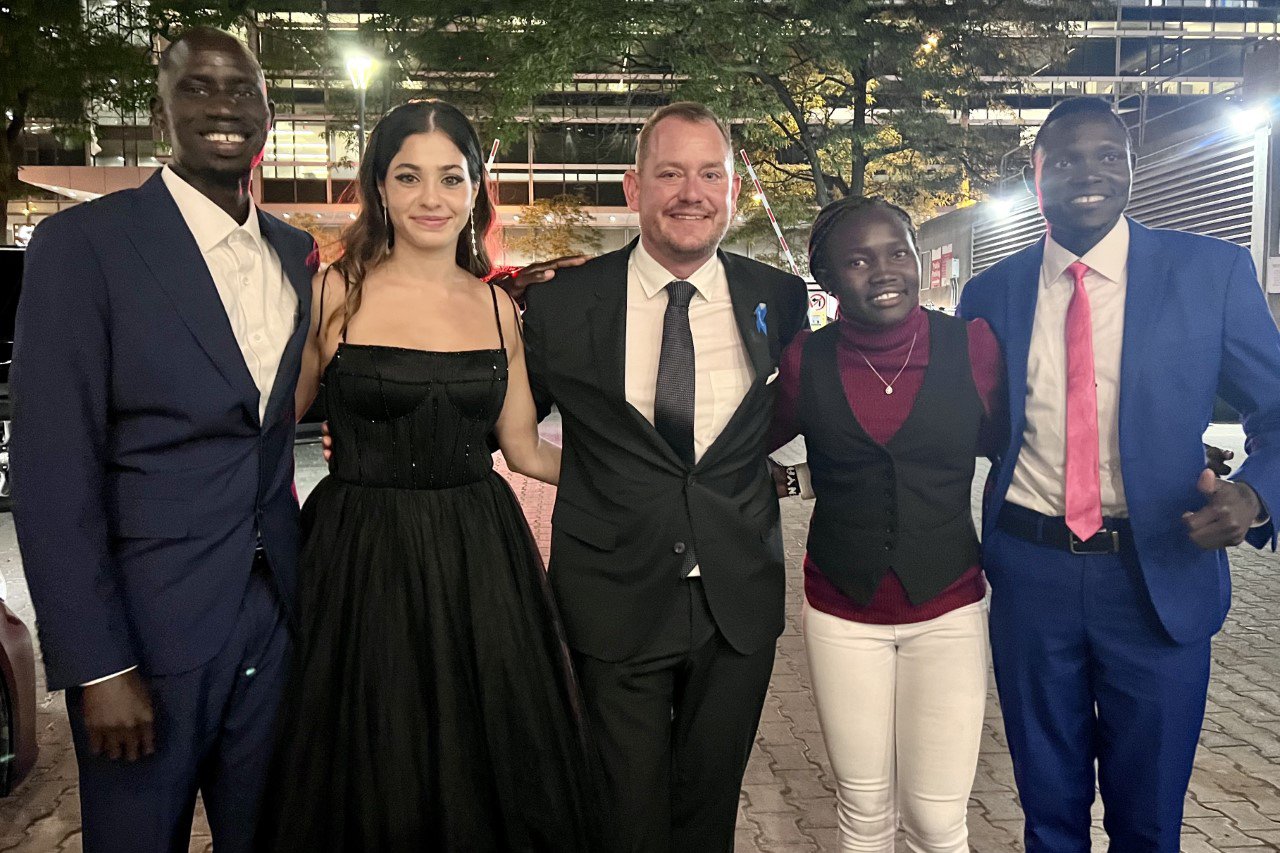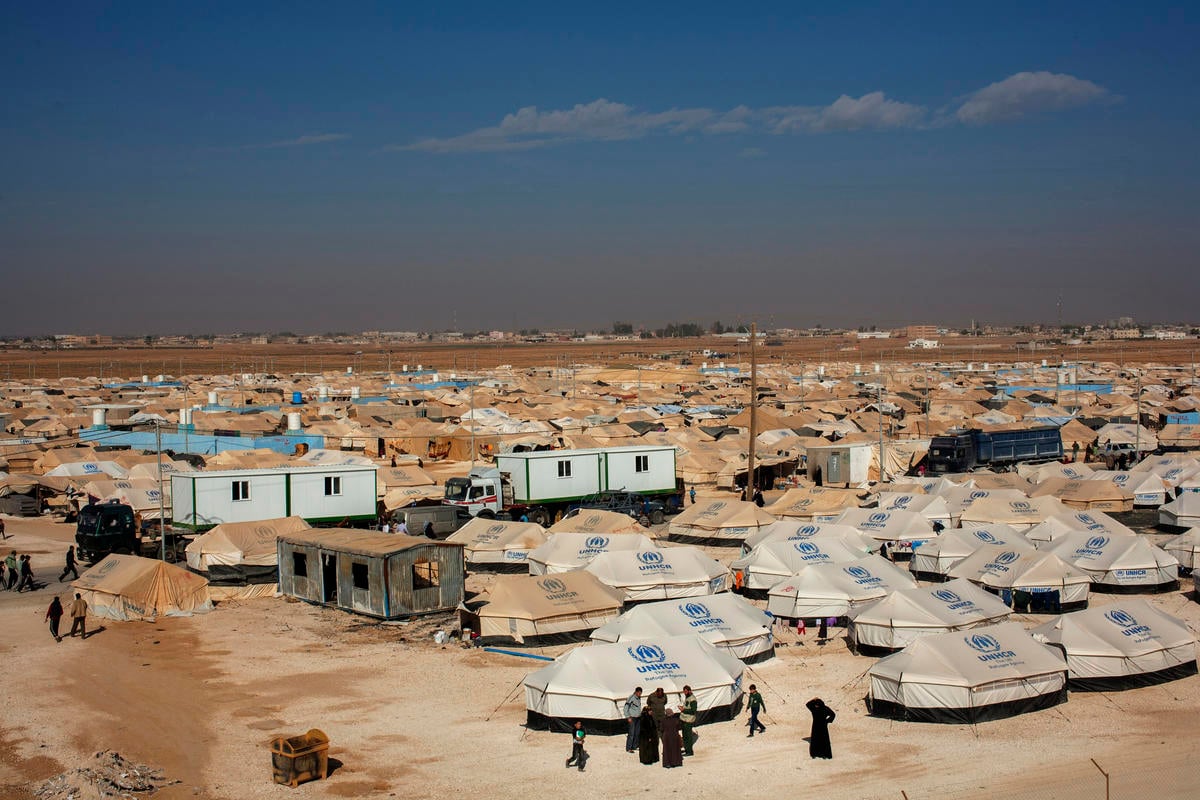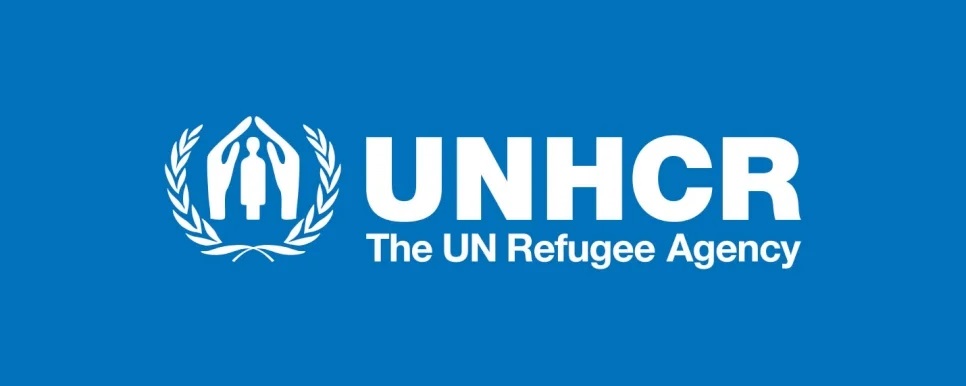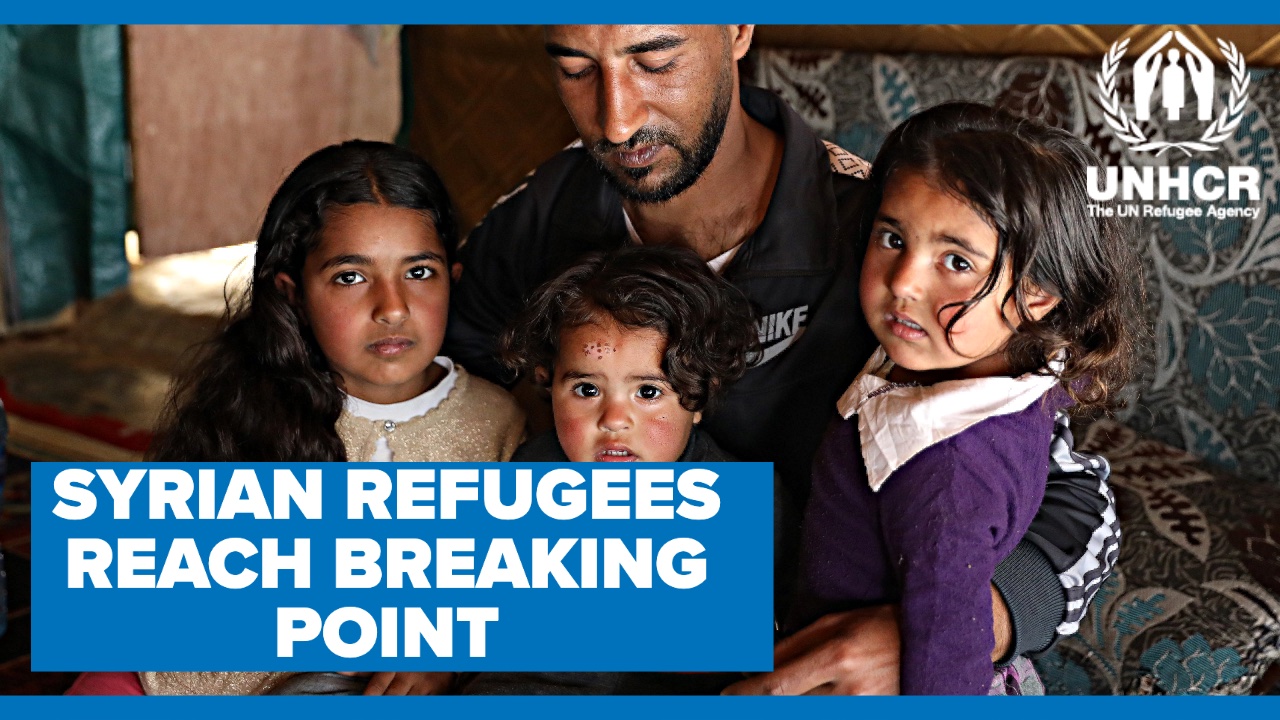Needs great, conditions dire in Homs and other Syrian cities
Needs great, conditions dire in Homs and other Syrian cities

HOMS, Syria, October 30 (UNHCR) - A top UNHCR official visiting war-battered Homs this week said that while the refugee agency is helping tens of thousands of people survive inside Syria, the situation in cities like Homs is "dire" and people "lack everything."
The comments by Amin Awad, director of UNHCR's Middle East and North Africa Bureau, came as he toured Homs earlier this week and talked to internally displaced people in the Mohammad Durra shelter as well as a distribution centre in the conflict-damaged western Syria city.
"The needs are great in all Syria's cities," said Awad, who is also the UN's regional refugee coordinator. "People lack everything . . . This is truly a humanitarian tragedy that is unfolding in front of our eyes," added the official, who wished to assess the needs in Homs as well as the impact of UNHCR aid.
The refugee agency, using a fleet of some 250 trucks, provides aid to 14,000-15,000 households every week, or about 75,000 people. Some of these people live in areas that are difficult to reach because of the conflict and general insecurity.
"These life-saving items are helping conflict-affected families survive extremely difficult circumstances, meet their most basic needs, preserve their dignity and prevent health problems," Awad noted.
But the needs are enormous and as he spoke 44 containers full of UNHCR aid were being transferred to a warehouse after arriving on two ships at the Syrian port of Tartus. UNHCR plans to distribute this emergency assistance mainly to towns and cities that are difficult to reach, including Homs, Idlib, Aleppo, Hama, Raqqa, Deir Ezzor and Lattakia.
The UN refugee agency is striving to provide core relief items to 3 million internally displaced people, in addition to health care, shelter, financial aid and protection to hundreds of thousands more. It has to date helped some 2.4 million people in all of Syria's 14 governorates. About 40 per cent of UNHCR's relief items have been distributed to people in dangerous areas. The agency also helps more than 2 million Syrian refugees in nearby countries.
Tarik Kurdi, UNHCR's representative in Syria, said the challenges of getting aid into these difficult areas were many and great, but the refugee agency was "resolved to get vulnerable Syrians the assistance they need." He added that with temperatures dropping, "We are in a race to help people prepare for Syria's third winter amid conflict."
UNHCR also plans to transport much needed polio vaccine to several isolated and hard-to-reach areas in north and north-east Syria where thousands of children will benefit from a polio and measles vaccination campaign. UNHCR will coordinate its efforts on the ground with local authorities as well as the UN Children's Fund (UNICEF) and the World Health Organization (WHO).
Awad, who arrived in Damascus on Sunday, also visited UNHCR operations in the Syrian capital, including a financial assistance centre. He held talks during his visit on the situation in-country with senior government officials from the ministries of foreign affairs, social affairs, finance, local administration, and housing.
UNHCR also signed an agreement to construct 200 housing units in rural Damascus for people displaced by the conflict. UNHCR has so far rehabilitated shelters hosting 35,000 people. Noting the significant support of the international community for the displaced Syrians inside and outside the country, Awad concluded: "Needs are great."


